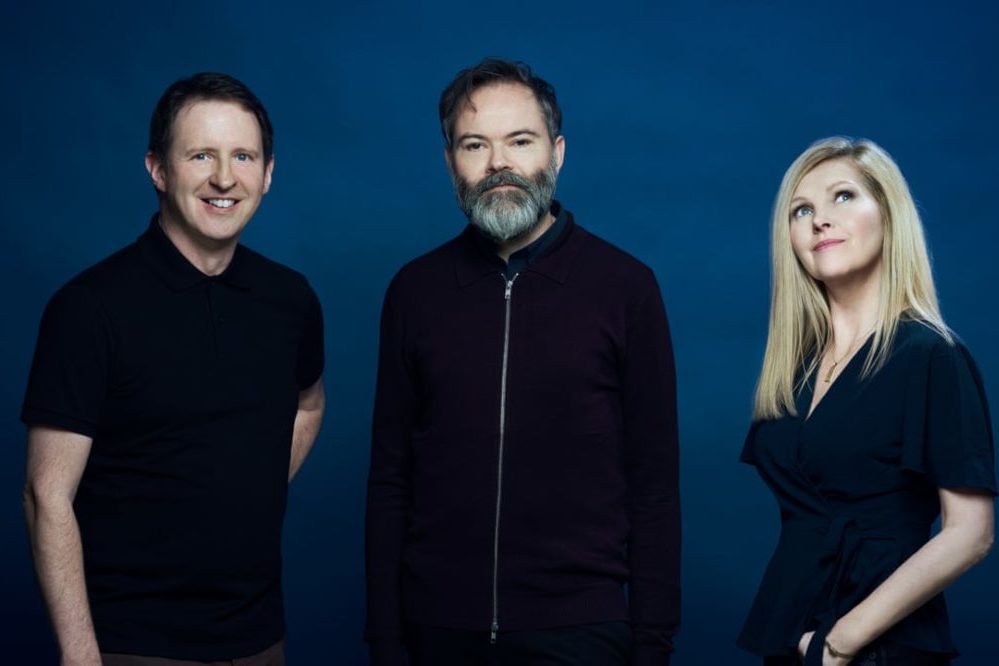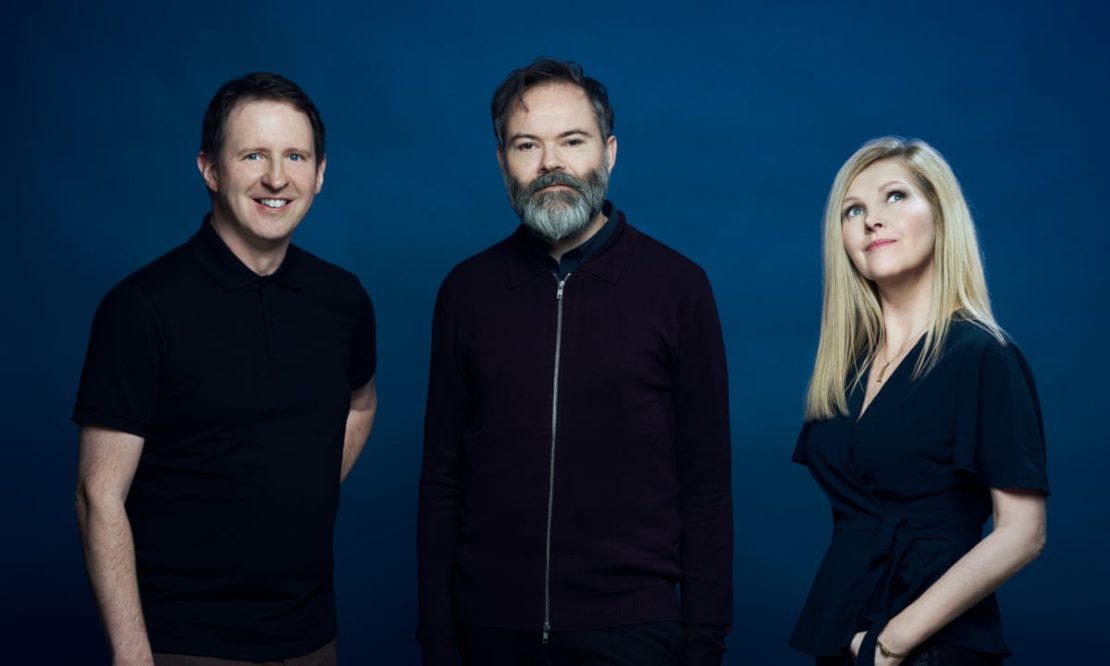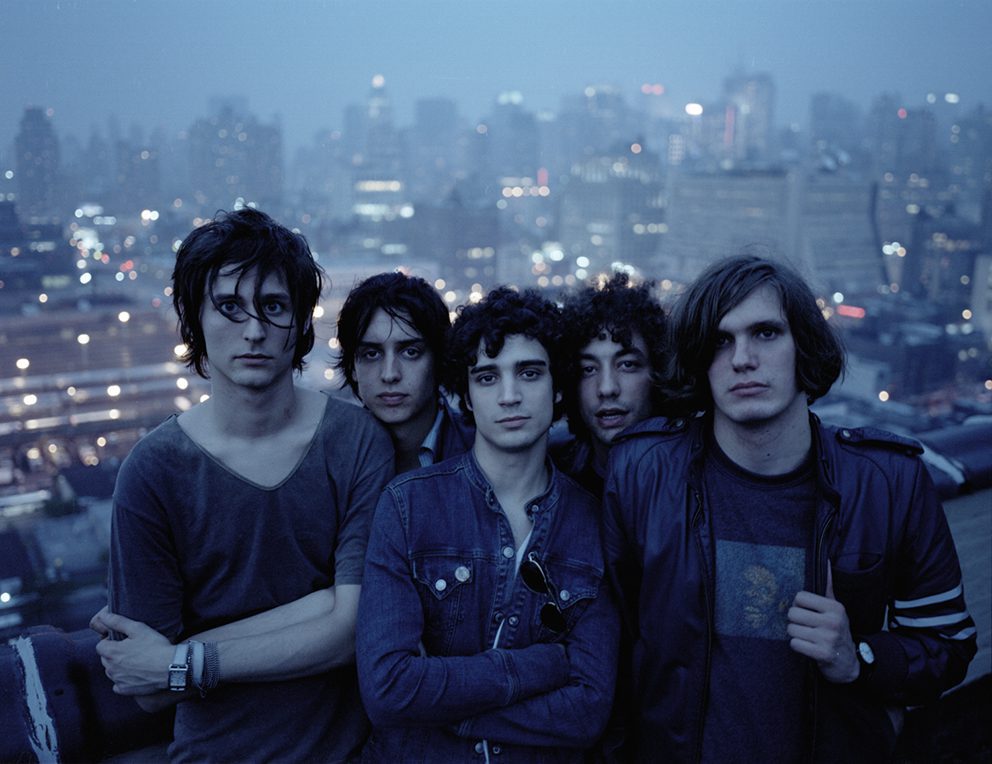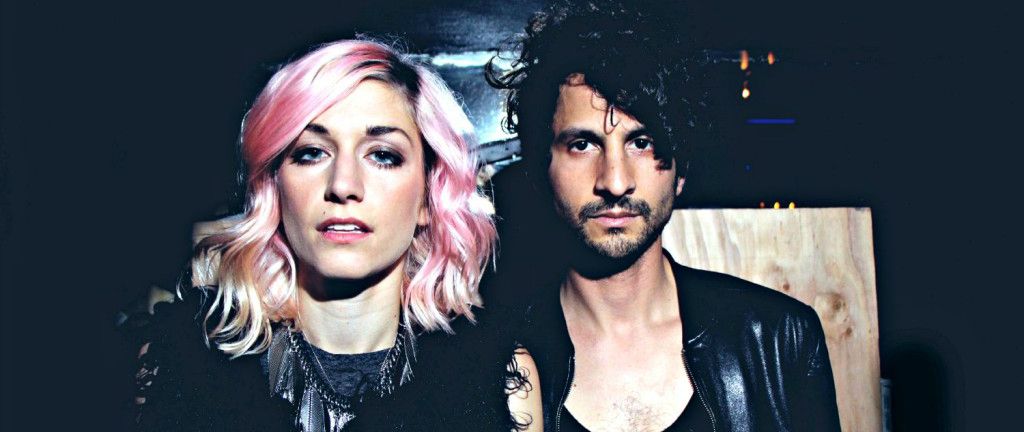

Twenty years ago, Saint Etienne released Sound of Water. It was the fifth full-length album for the British trio of Sarah Cracknell, Bob Stanley and Pete Wiggs and it was an ever-so-slight departure for a band that had spent the 1990s at the intersection of indie pop and dance music. On the jacket notes, music journalist Simon Reynolds wrote, “Saint Etienne understand that ‘lovely’ is the new edge.” At the time, the album was touted as a pop take on what was then happening in underground electronic music.
For Sound of Water, Saint Etienne collaborated with To Rococo Rot, the German band that had garnered its own following in the late ’90s for their post-rock-inflected electronic music. They also worked with Sean O’Hagan, of the bands Mircrodisney and The High Llamas, who had played on beloved Stereolab albums like Mars Audiac Quintet and Emperor Tomato Ketchup. With that line-up, Sound of Water was a very heady indie outing that would go on to foreshadow the emerging century in unexpected ways.
By the dawn of the 21st century, Saint Etienne was firmly established as a cult band. Stanley and Wiggs emerged in the early ’90s with “Only Love Can Break Your Heart,” a radical transformation of the 1970 Neil Young song into a cover that was ethereal, groovy and representative of the era when rock, pop and rave lovingly collided. Originally conceived as a duo with rotating vocalists, Saint Etienne introduced Cracknell to the fold with their third single, “Nothing Can Stop Us” (Moira Lambert sang on “Only Love Can Break Your Heart”). As a trio, they would go on to create a body of work that often alternated between indie pop with a vintage vibe and contemporary dance music. They had their share of club hits, notably with “He’s On the Phone,” a collaboration with French singer Étienne Daho, and wooed the college radio crowd with their 1998 album Good Humor, released on beloved labels Creation in U.K. and Sub Pop in the U.S.
Saint Etienne was in the midst of a creative peak; the previous year, they had released the EP Places to Visit, which featured the wistful house track “We’re in the City,” known to indie film fans for its use in But I’m a Cheerleader. Just a few weeks after the release with Sound of Water, the band was featured on Paul van Dyk’s single, “Tell Me Why (The Riddle),” which remains their biggest international chart hit. With all that they had been doing, one might have expected for Saint Etienne to drop an album of dance floor bangers. Instead, they took time to hang out in the chill out room. It was a cool move from a band that had long been full of those.
Reviews, however, were mixed. Pitchfork said it was “ear-candy all the way through.” Meanwhile, AV Club remarked,” Saint Etienne has acknowledged a strong Krautrock influence on Sound Of Water, but it would be better off staying in touch with its inner ABBA rather than its inner Can.”
Even Stanley would have his own criticisms of the project. Nine years later, he reflected on the album in an interview with Pitchfork. “Coming into 2000, we were listening to a lot of electronica, some German and sort of West Coast electronica at the time, and we wanted to do something in that vein, production-wise,” he said in the interview, “And again, it could’ve done with a couple of things that sounded like singles.”
I loved Sound of Water upon its release and my vinyl copy has been a staple of at-home listening for many years. It’s an album best heard in its entirety, an eclectic collection that plays with everything from baroque pop (“Late Morning”) to bossa nova (“Boy Is Crying”) to IDM (“Don’t Back Down”), but always with a singular vision tying it together.
Even in the clubs, in those early years of the ’00s, I would drop “Heart Failed (In the Back of a Taxi),” perhaps the most accessible single from Sound of Water. Typically, I would play it early or late in the night. With a tight beat and melancholy atmosphere, that song lent itself to either warming up the indie crowd on the dance floor or calming people down near last call. In the middle of the night, though, I continued to gravitate towards “We’re in the City.” Listening to Sound of Water twenty years later, it’s striking to hear how the band seemingly predicted the avant-pop wave of artists, “vibey” DJ sets and “soft dance” playlists of the ’10s. It’s the band’s most prescient album and an essential one.
Timing is everything, and Sound of Water came out at a particularly odd moment. While 2000 was a stellar year for music, it’s also underrated. A small handful of albums – Madonna’s Music, Outkast’s Stankonia, Radiohead’s Kid A – would become instant classics. Other releases, like Peaches’ breakthrough album The Teaches of Peaches and Ladytron’s EP Commodore Rock, would cement the sound of the first decade of the new century. And some albums were so far ahead of the curve that it would take years to catch up with them. Sound of Water falls into that last category.




